Optimal Timing for Waterproofing
Waterproofing is a critical process to protect structures from water intrusion and damage. The timing of waterproofing applications significantly influences their effectiveness and longevity. Proper scheduling ensures optimal adhesion, curing, and performance of waterproofing materials, reducing the risk of future issues.
Spring offers moderate temperatures and increased humidity, ideal for certain waterproofing applications. It allows for thorough curing before summer heat or winter cold sets in.
Summer provides warm, dry conditions that facilitate quick drying and curing of waterproofing materials, making it suitable for many projects.
Fall's cooler temperatures and lower humidity levels help in effective application and curing, especially before winter.
Winter is generally less suitable due to freezing temperatures and moisture challenges, but with specialized products, some applications can be performed.
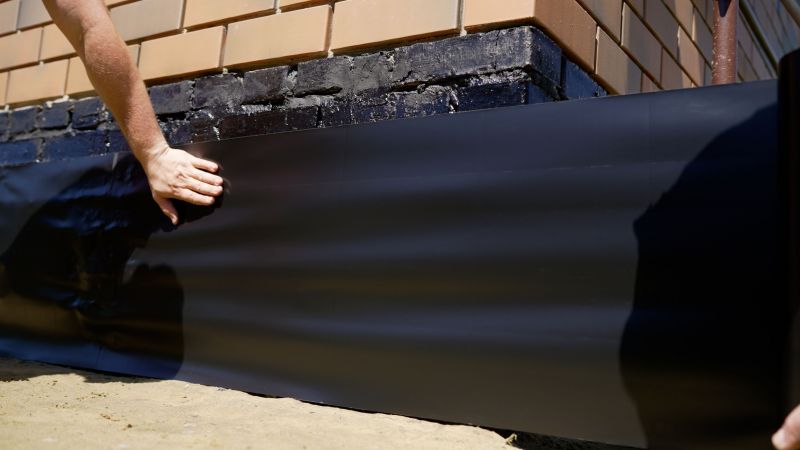
Ways to make Waterproofings work in tight or awkward layouts.
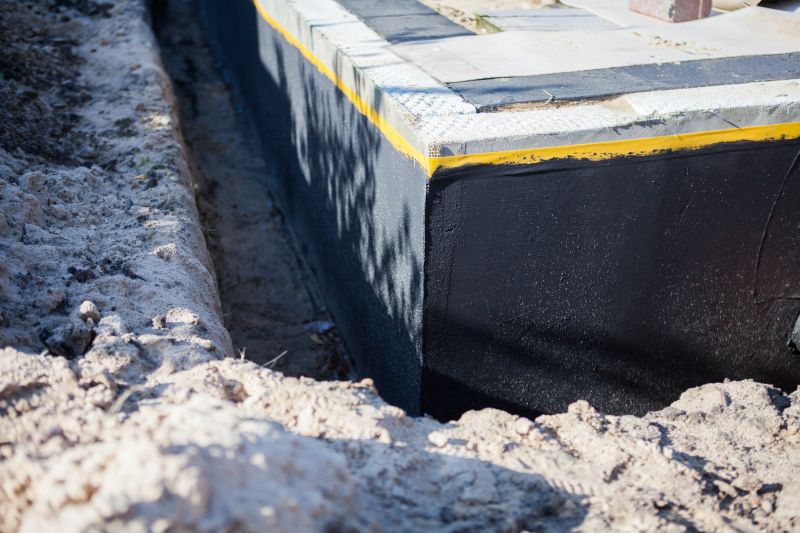
Popular materials for Waterproofings and why they hold up over time.
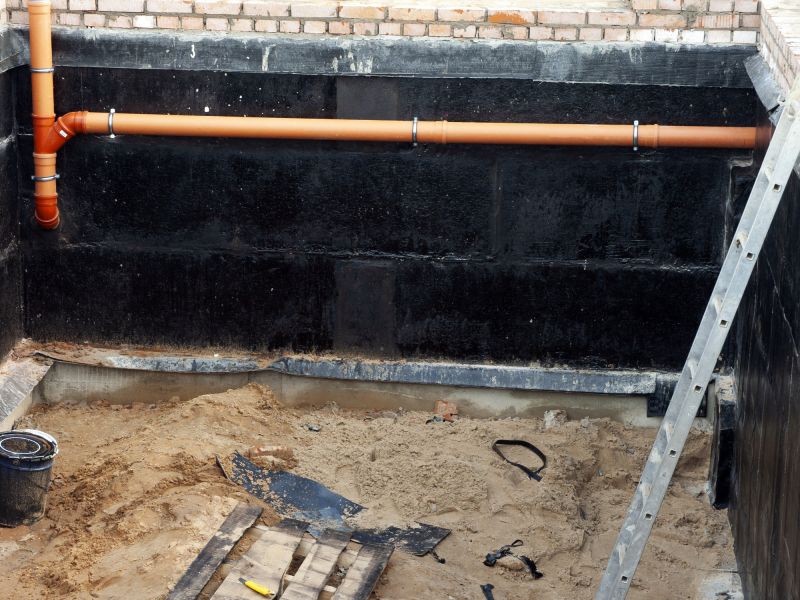
Simple add-ons that improve Waterproofings without blowing the budget.
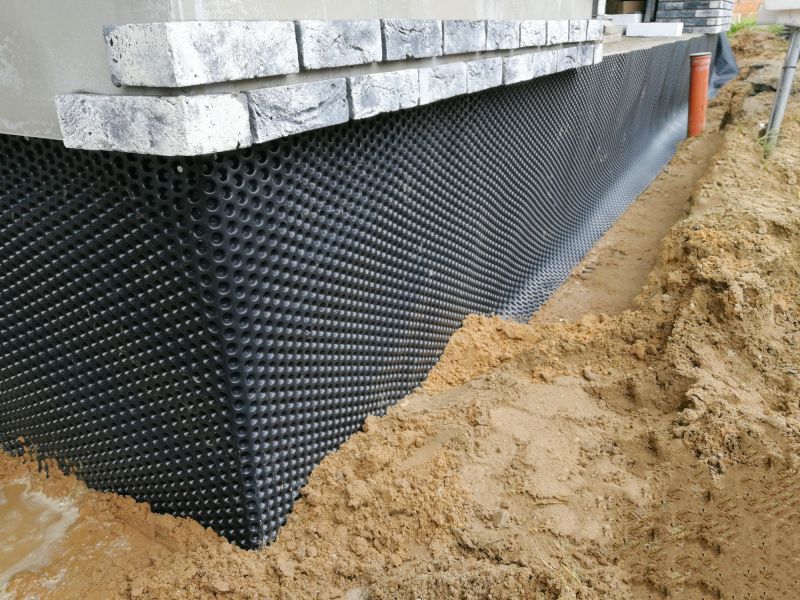
High-end options that actually feel worth it for Waterproofings.

Finishes and colors that play nicely with Waterproofings.

Little measurements that prevent headaches on Waterproofings day.
| Season | Optimal Conditions |
|---|---|
| Spring | Moderate temperatures, higher humidity |
| Summer | Warm, dry weather, quick curing |
| Fall | Cooler temperatures, lower humidity |
| Winter | Freezing temperatures, limited application |
Waterproofings are essential for safeguarding foundations, roofs, basements, and other structures from water damage. Proper application during suitable weather conditions enhances durability and reduces maintenance costs. Different waterproofing materials and techniques are optimized for specific seasons, with some requiring more precise timing for effectiveness.

A 60-second routine that keeps Waterproofings looking new.
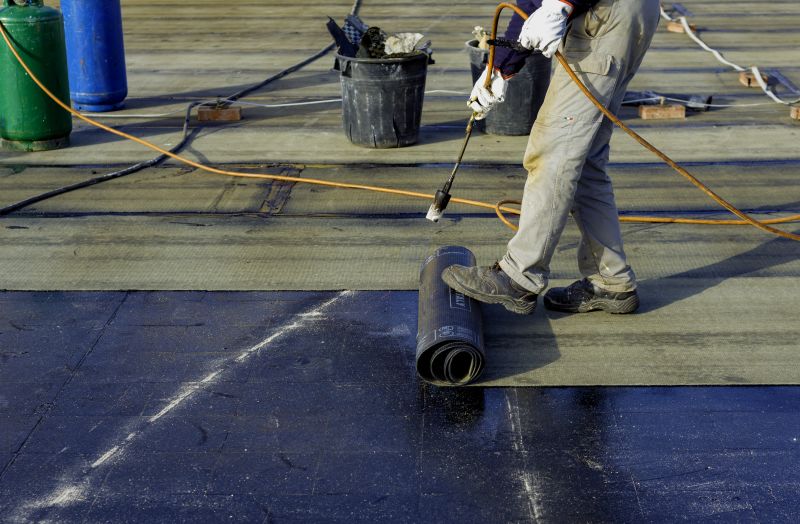
A frequent mistake in Waterproofings and how to dodge it.
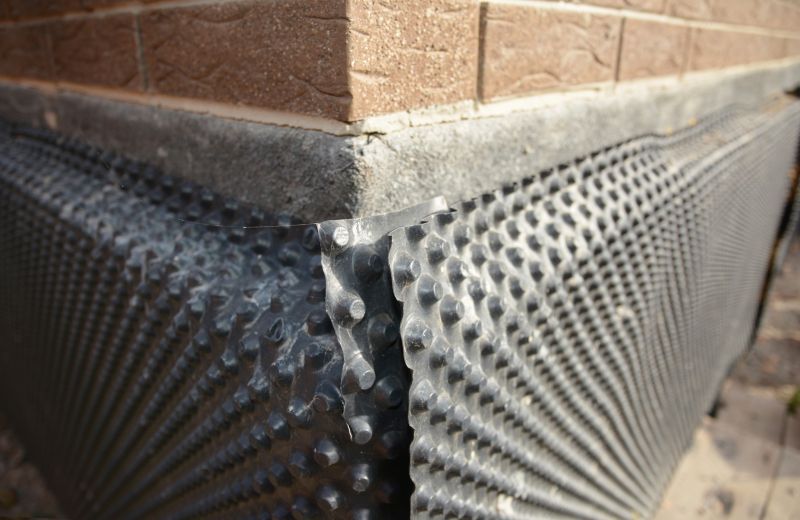
Small tweaks to make Waterproofings safer and easier to use.

Lower-waste or water-saving choices for Waterproofings.
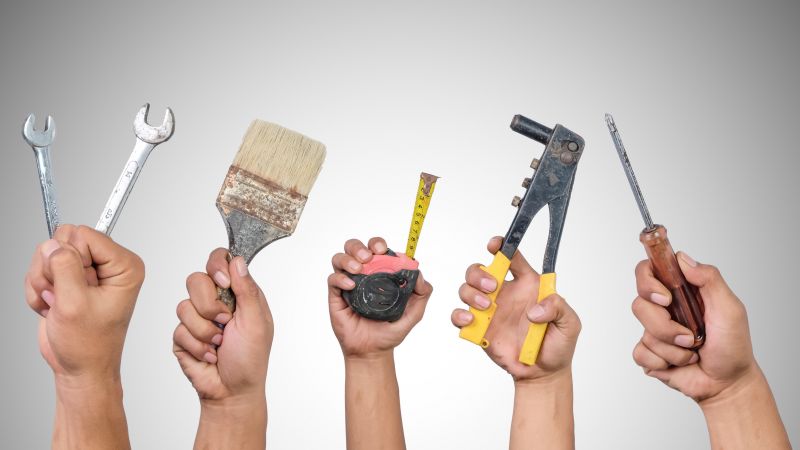
The short, realistic tool list for quality Waterproofings.
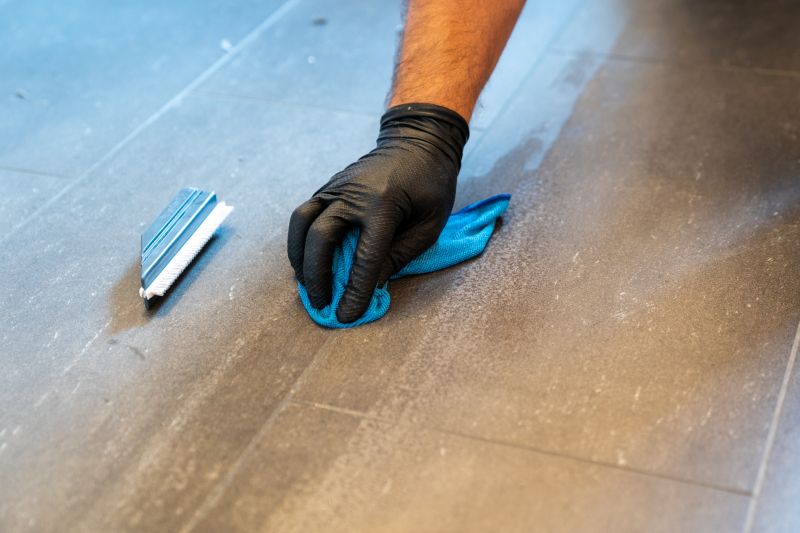
Rough timing from prep to clean-up for Waterproofings.
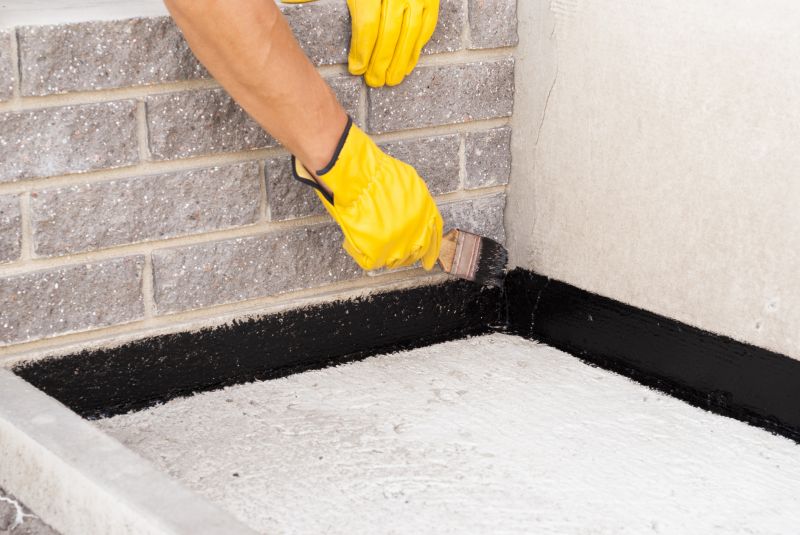
Quick checks and paperwork to keep after Waterproofings.

Examples that show the impact a good Waterproofings can make.
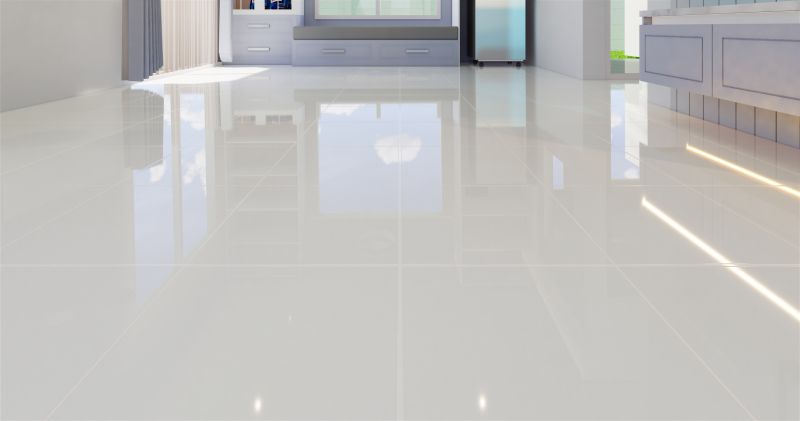
Ways to make Waterproofings work in tight or awkward layouts.

Ways to make Waterproofings work in tight or awkward layouts.
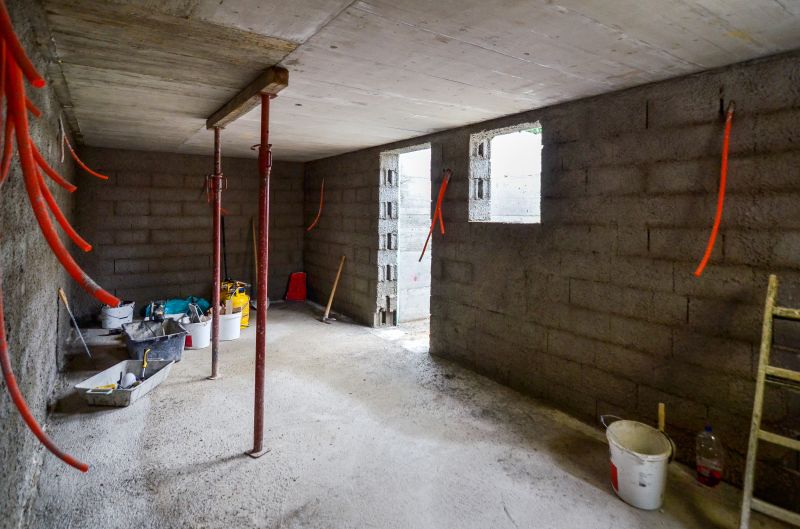
Ways to make Waterproofings work in tight or awkward layouts.

Ways to make Waterproofings work in tight or awkward layouts.
Scheduling waterproofing projects during optimal weather conditions ensures maximum adhesion and curing, which are crucial for long-term performance. Consulting with waterproofing professionals can help determine the best timing based on local climate patterns and project specifics.
Professional assessment can identify the most suitable time for waterproofing based on local weather and project requirements.
Proper surface preparation and weather considerations are key to successful waterproofing application.
Various waterproofing products perform better under specific environmental conditions.
Effective timing enhances durability, reduces repairs, and extends the lifespan of structures.
Interested in waterproofing services? Filling out the contact form can provide tailored advice and scheduling options to ensure waterproofing is performed at the most advantageous time for the property.

